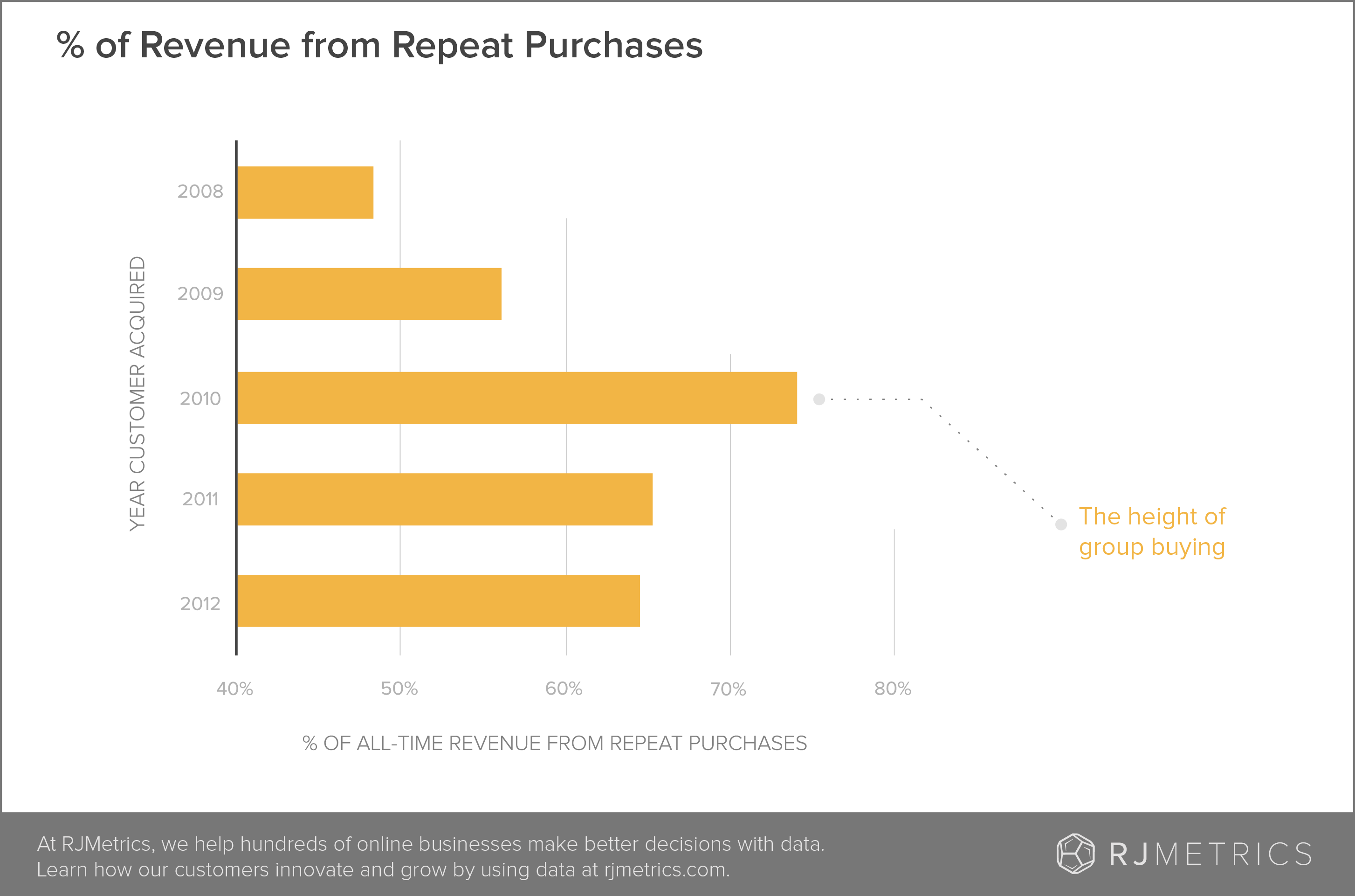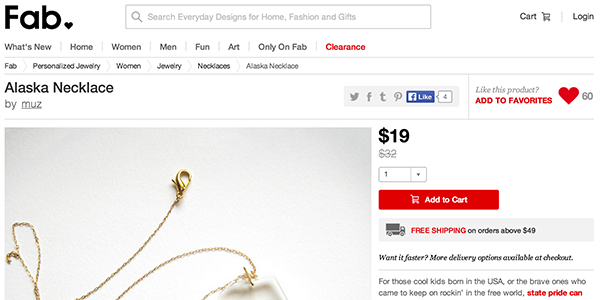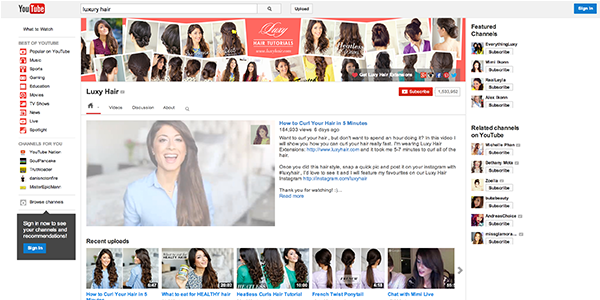Marketers (and their bosses) are obsessed with ROI. With good reason, of course. ROI is how you prove that what you’re doing is working, it’s how you make decisions, it’s the lifeblood of your marketing department. This focus on ROI isn’t bad, but it can have a tendency to obscure some of the more subtle nuances of customer acquisition.
It would make all of our lives easier if customers would simply conform to a funnel, a path, some kind of replicable pattern. Instead they interact with us whenever and however they please. One day a like means something, the next it’s nothing. One day they click an email and then never again. Interpreting these fuzzy behaviors is rough, far easier to just return to the hard and fast world of revenue. Not so fast.
All these little interactions, engagements, clicks, subscribes – while not much on their own – do add up. These little interactions are micro conversions and they form the foundation of your lean, mean, acquisition machine.
The micro conversion buffet
Take a look at the data below from our 2014 Ecommerce Benchmark Report. Customers acquired in 2008 and 2009 were far less likely to be repeat customers. Then in 2010 group buying hit ecommerce like a storm. Their business models relied on massive email lists. Email addresses, previously a largely ignored micro conversion became top of mind.

Parts of the group buying model are arguable flawed, but the practice of email address first, purchase second stuck around. Repeat purchasing has dropped some since the heyday of group buying, but it remains markedly higher then it was even a few years ago. This is in large part due to marketers adopting the email first, purchase second approach that worked so well for the group buying merchants.
The group buying models built lean, mean, customer acquisition machines using email addresses, but that’s one example of a currently popular micro conversion. It doesn’t (and shouldn’t) stop there.
The buffet of micro conversions includes:
Adding a product to a wishlist
This micro conversion is one with clear intent. You have a potential customer and you know exactly what they want. Use this to test out everything from shipping deals to sale notifications.

Downloading content
These micro conversions all indicate that a customer wants to know more about your products. How can you make sure your brand stands out as the clear choice during a customers “research” phase? Use these micro conversions to gently push people towards a sale, through email promotions, offers for more content and genuinely helpful advice.
Viewing video content
Luxy hair built a seven figure ecommerce business by creating YouTube videos. It’s unlikely that every view turned into a sale, but it’s undeniable that they had a massive impact.

Creating a profile
Anytime a user is going to the effort of providing information about themselves, you should be celebrating. JustFab takes this one step further. They want users to set up a profile, so they start with an additional micro conversion before that – a style quiz. Once new visitors take the quiz then they’re invited to set up a profile.

Asking a question through live chat
The customer is in the store and now they’re engaging with a sales person. Not a sale yet, but getting much warmer.
Visiting certain pages
Pages can be a useful indicator as well. For example, customers viewing sizing charts or reading three pages of reviews is likely an indication that they’re close to hitting, “Buy!”
Interacting with you on social platforms
This micro conversion can help you keep track of your biggest fans. Interacting with a brand on social networks is an implied endorsement. The more your customers share, the more their friends will take notice. Use these numbers to test out how to encourage even more sharing.
How to build your lean, mean, customer acquisition machine
Now it’s time to get started measuring micro conversions and building your own customer acquisition machine.
Step 1: Identify all of your micro conversions
Don’t measure impact. Remember, you’re getting out of your ROI mindset and just exploring. Look at your site with a new lens. Make a list of all the little ways a customer can interact with you and think about what those behaviors mean for your customer.
Step 2: Start tracking
You won’t be able to track all of the micro conversions on your list, and that’s ok. Set up some time with your developers to figure out which ones you can. Also, make sure you’re planning now for how you can eventually tie the micro conversions to the macro conversions. Let us know if this is something you need help with.
Step 3: Work backward
Once you’ve collected some data then you can start showing impact. Analyze your data to find out what micro conversions turned into money. Is there a pattern to the flow? Are some micro conversions just more likely to end up in a sale?
Once you have the data to show the impact of a micro conversion you can start thinking revenue again. Google Analytics makes it very easy to assign dollar values to micro conversions so you don’t have to treat each little step as equal. While not “real” cash in the bank, it’s a helpful guide to keep you focusing on the micro conversions that matter.
Step 4: Optimize
Get the easy stuff first – if writing a review turns into repeat purchases then start encouraging first-time buyers to share their feedback. If downloading a feature guide is what gets your customer to buy the mattress than work that into your marketing strategy.
With the easy stuff is out of the way it’s time to dig deeper. Just because a micro conversion isn’t turning into a macro conversion doesn’t mean it’s inherently bad, it could just be it needs some tender, love, and care. Could Facebook likes turn into customers if you spent some time on the page? Maybe the product guide is underperforming because it looks dated? Test, learn, optimize, continue.
Congratulations!
You now know what you need to know to start building a lean, mean, customer acquisition machine. Say goodbye to the days when the only conversions you care about are the one’s that happen on your product pages. Say hello to a whole new world of testing and optimization opportunities.

